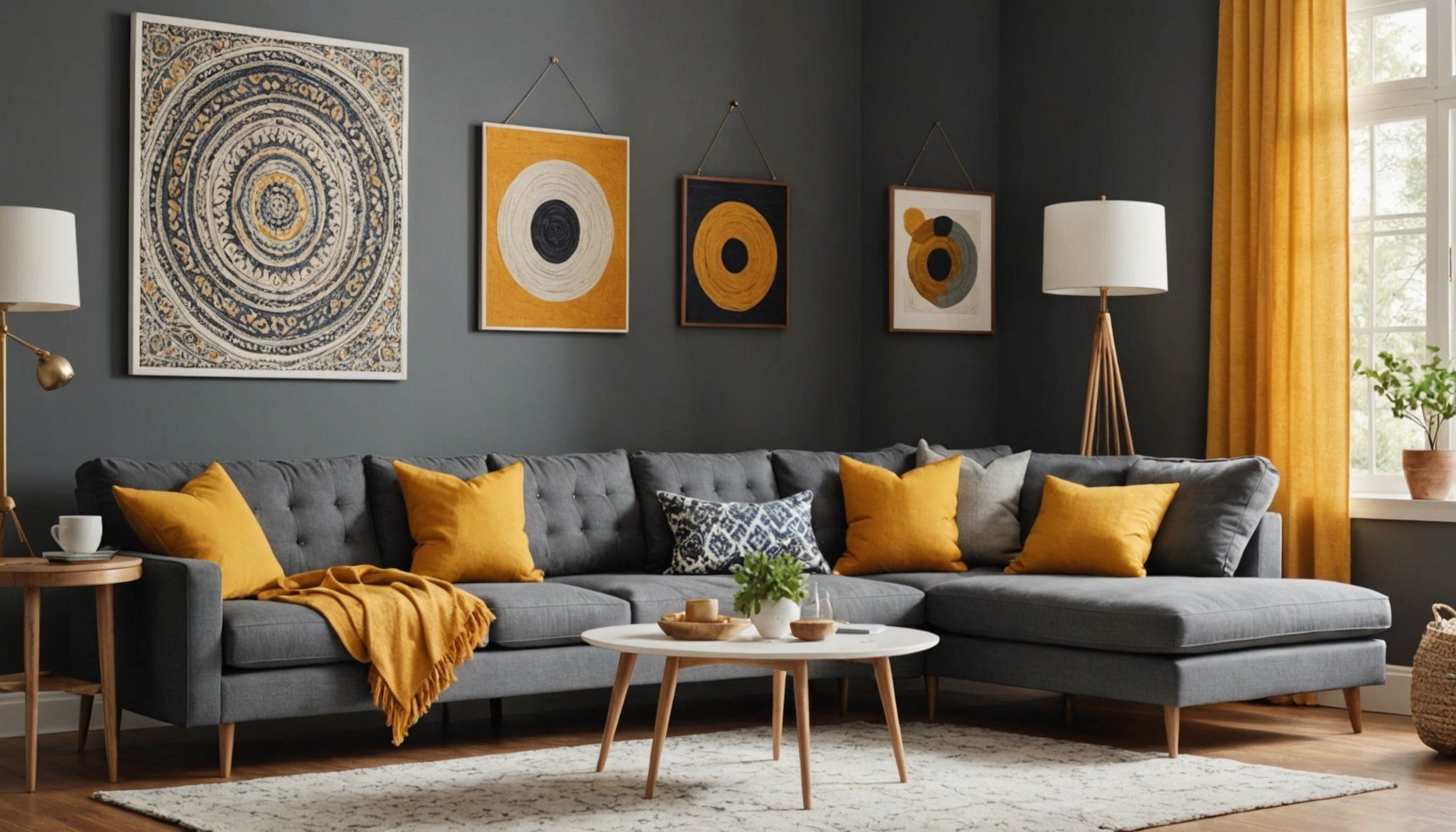Textiles play a pivotal role in defining the character of your home. They not only add visual interest but also contribute to the overall comfort and warmth of any space. When thinking about how to use textiles to enhance your home decor, consider not just the colors and patterns but also how they interact with the other elements in a room. In this article, we will explore various ways textiles can transform your interior design, creating a warm and welcoming environment.
Choosing the Right Fabrics for Your Space
The first step in using textiles effectively in your home decor is to choose the right fabrics. Consider the function of each room. For instance, a cozy living room might benefit from soft, plush fabrics like velvet or chenille, while a kitchen area could use more durable materials such as cotton or linen. Each type of fabric has its own texture and feel, which can greatly influence the overall warmth of the room.
In the same genre : What are some creative storage solutions for small UK apartments?
When choosing fabrics, keep in mind the color palette of your home. Warm colors, such as deep reds, oranges, and yellows, can create an inviting atmosphere. You can also incorporate patterns like florals or geometrics to add visual interest. For a more subdued approach, opt for neutral tones with rich textures, which can still provide warmth without overwhelming the space.
Additionally, consider layering different textiles. This can be accomplished by using various fabrics for cushions, throws, and curtains. Mixing textures such as wool, cotton, and linen can create depth and richness, enhancing the decor of your space. Remember, the goal is to create a balanced look that feels warm and inviting.
Have you seen this : How can I choose art pieces that complement my interior design style?
Incorporating Textiles Through Soft Furnishings
Soft furnishings are an excellent way to introduce textiles into your home without overwhelming the decor. Cushions, throws, and rugs can instantly change the feel of a room. Start with your existing furniture. If you have a neutral sofa, adding colorful cushions in different shapes and sizes can transform the space. Throws not only add warmth physically but also visually, making the space feel cozier.
Rugs are another powerful tool in your textile arsenal. They define spaces within a room and add an extra layer of texture. A plush rug underfoot can make a space feel warm and inviting, while a flatweave can offer a more casual, airy feel. Choose a rug that complements your existing decor but also adds that necessary pop of warmth.
Don’t forget about window treatments. Heavy drapes can add warmth and comfort, while lighter fabrics can keep a room feeling airy yet still cozy. Consider thermal curtains for added insulation against cold drafts, or layered treatments for a more tailored look. The right combination of soft furnishings can significantly impact how warm and inviting your space feels.
Using Textiles to Define Zones in Open Spaces
In modern homes, open floor plans are becoming increasingly popular. While these layouts promote a sense of spaciousness, they can sometimes feel cold and uninviting. Textiles can help define different zones within an open space, creating a sense of intimacy and warmth.
One effective way to do this is by using area rugs. By placing a rug under a dining table or in a seating area, you visually separate that space from the rest of the room. This helps to create a defined area that feels cozy and inviting. Consider using rugs with warm colors or textures to enhance this effect.
In addition to rugs, textiles can also be used to create barriers between zones. This can be done with fabric screens or curtains that can be drawn when needed. For example, a set of sheer curtains can provide privacy for a reading nook without completely closing off the area. This technique not only adds warmth to the space but also gives it a more dynamic and flexible feel.
Emphasizing Personal Style with Textiles
Textiles are an excellent way to express your personal style within your home. The fabrics, colors, and patterns you choose can reflect your tastes and influence the overall feel of your space. When selecting textiles, think about what resonates with you and how it complements the rest of your decor.
For instance, if you gravitate towards bohemian styles, consider incorporating textiles with bold patterns and rich colors. On the other hand, if minimalist design appeals to you, opt for simple, monochromatic fabrics with clean lines. Each choice contributes to the warmth and character of your home.
Don’t shy away from mixing different styles of fabrics. Combining vintage textiles with modern pieces can create an eclectic and inviting atmosphere. Remember to balance patterns and colors so that they work together harmoniously. This approach makes your home feel lived-in and personal, enhancing the warmth and comfort of your environment.
Incorporating textiles into your home decor is an effective way to add warmth and personality to your space. By choosing the right fabrics, utilizing soft furnishings, defining zones, and emphasizing your personal style, you can create an inviting atmosphere in any room. Keep in mind that textiles are not just functional but also play a significant role in enhancing the overall aesthetics of your interior design. With thoughtful consideration and creativity, you can transform your home into a warm and welcoming haven.











